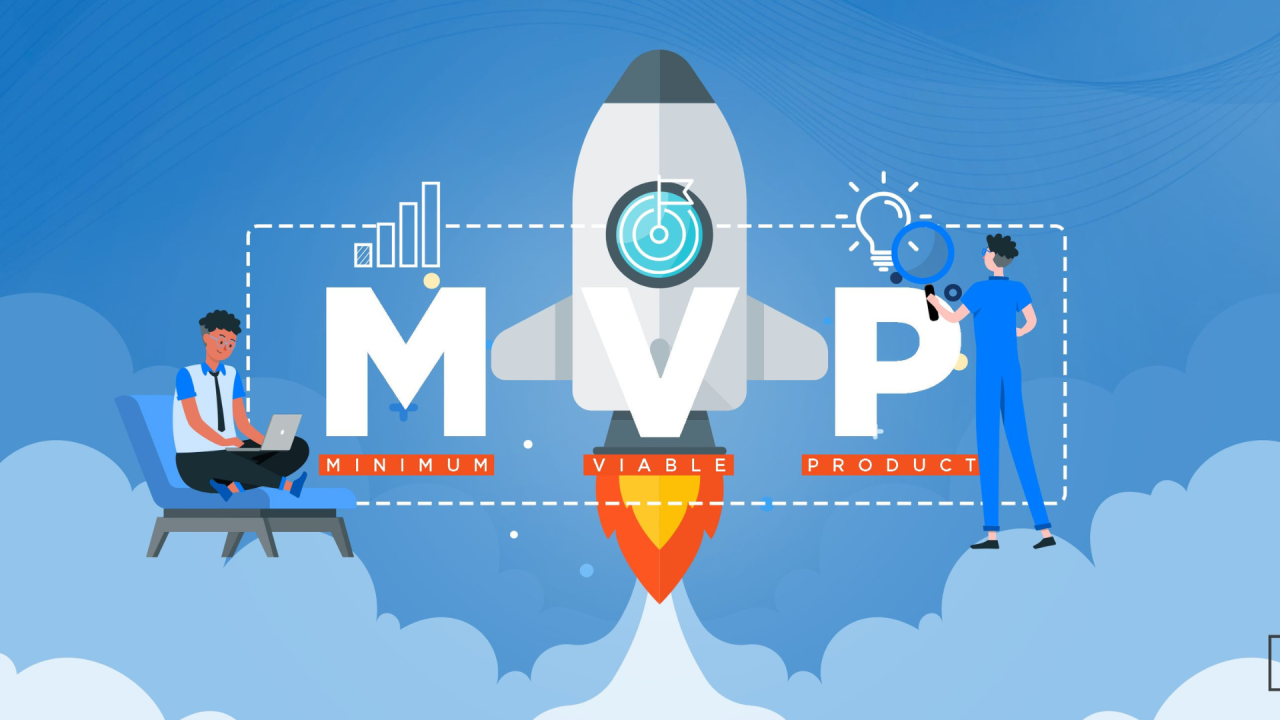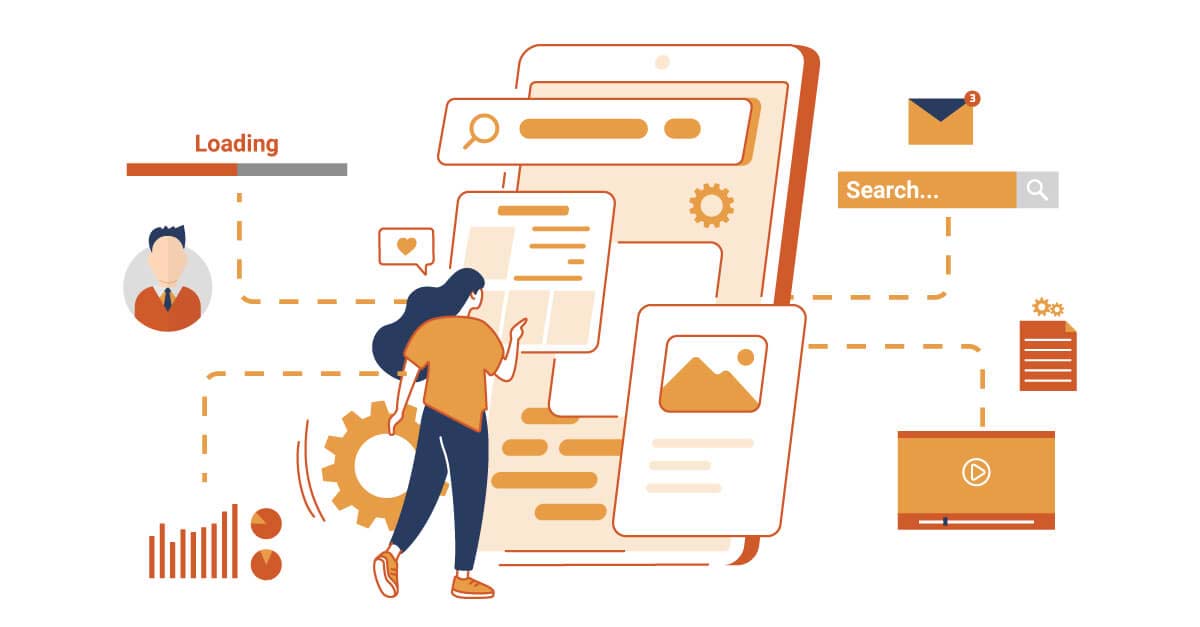How To Build And Launch An MVP Application – A Complete Guide?
In the ever-evolving digital world, launching a full-scale product without validation is a risky move. The best way to test your concept, gather feedback, and minimize investment is through a Minimum Viable Product. This step-by-step guide will help you understand how to effectively build and launch an MVP application that aligns with your market goals.
Launch an MVP application
-
Reduce time to market: Enter the market quickly with a basic version of your product.
-
Minimize development costs: Save resources by avoiding unnecessary features in the early stages.
-
Validate your idea: Confirm product-market fit with real users before going all in.
-
Attract early adopters: Gain valuable feedback from a focused audience.
-
Iterate based on data: Use feedback to enhance functionality in future updates.
Step-by-step guide
Define your business goal
Start by identifying the core problem your application will solve. Be clear about your objectives. Is it to test user interest, raise funding, or attract early users? A precise goal will guide every decision you make during development.
Research the market & audience
Understand your competitors and identify the needs of your target users. Conduct surveys, interviews, and analyze trends to ensure there’s demand. This research will prevent redundant efforts and align your product with user expectations.

Prioritize core features
Avoid adding extra elements that don’t serve your MVP’s goal. Choose a handful of impactful features that deliver real value from day one.
Design user interface
Even though the product is minimal, the user experience should be smooth. A clutter-free interface helps users engage without distractions and increases your chances of positive feedback.
Select right tech stack
Choose technologies based on your product’s scope, budget, and timeline. Whether it’s Flutter for cross-platform apps or React Native for native-like performance, ensure your stack supports scalability and fast development.

Build MVP
Collaborate with experienced developers to create the first version of your application. Ensure it’s functional, stable, and focused on the core features. Maintain flexibility for future changes based on insights gathered post-launch.

Test
Before launching, perform rigorous testing across multiple devices and platforms. Address bugs, performance issues, and UI inconsistencies. A stable MVP builds trust and leaves a good impression on early adopters.

Launch
Deploy your MVP on platforms where your audience is most active whether it’s Android, iOS, or web. Support your launch with a basic marketing strategy: create a landing page, promote on social media, and leverage your network for visibility.
Gather feedback and metrics
Use analytics tools to monitor user behavior. Track usage patterns, retention rates, and customer feedback. This data is invaluable and will guide your next development steps.

Conclusion
To launch an MVP application successfully, you need clarity, precision, and a commitment to learning from users. A well-executed MVP not only validates your idea but also sets the foundation for long-term success.
